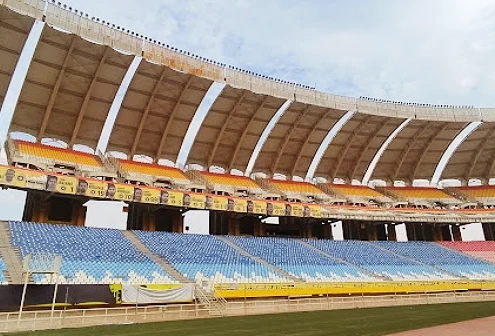
Naghsh-e-Jahan Stadium (Reviews, Capacity, Photos)
/
0 Comments
In the beautiful and historic city of Isfahan, where ancient…
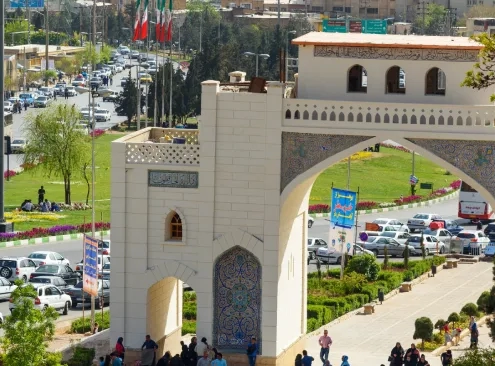
Quran Gate of Shiraz | Cultural Symbol of Shiraz
Shiraz, a city renowned for its poetry, gardens, and cultural…
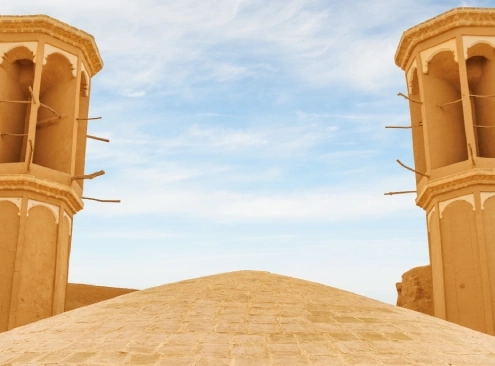
Shesh Badgir Ab Anbar, Yazd (History, Architecture, Tour)
Shesh Badgir Ab Anbar is a historic water reservoir located in…
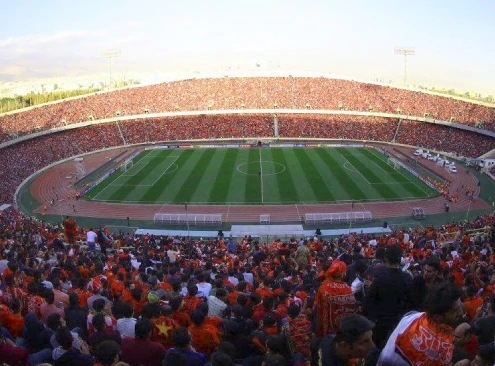
Azadi Stadium Tehran (Capacity, Renovation, Photos)
The Azadi Stadium stands as a symbol of modern sports architecture…
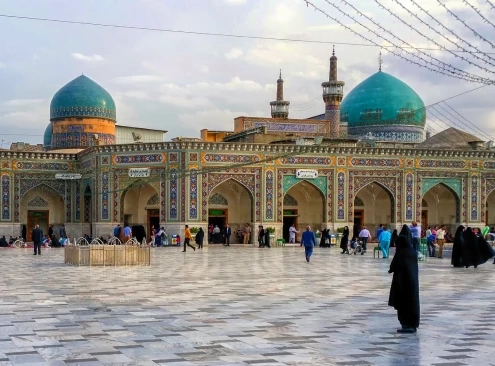
Religious Places in Iran for Sunni and Shia Muslims
Iran is where visitors can find thousands of archeological sites,…

Pir Shalyar Ceremony in Kurdistan
Iran is a civilized and time-honored country where diverse ethnic…

Zrebar Lake, Kurdistan (Weather, History, Map)
Zrebar Lake, a picturesque body of water in the heart of western…

Hamedan Stone Lion Statue (History, Meaning, Photos)
The Stone Lion of Hamedan, an ancient and iconic monument, is…

Hezar Daf Festival in Kurdistan
Iranian festivals are thriving celebrations that reflect the…
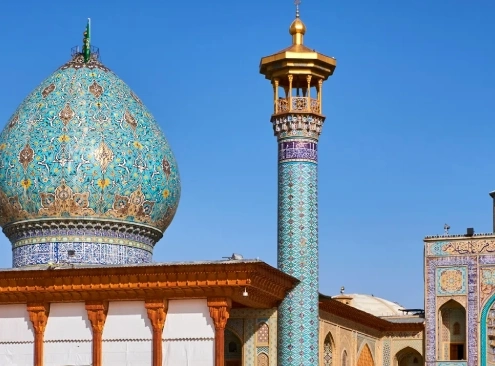
Persian Blue Domes of Iran (History, Architecture, Types)
The Persian Blue domes of Iran are architectural marvels that…
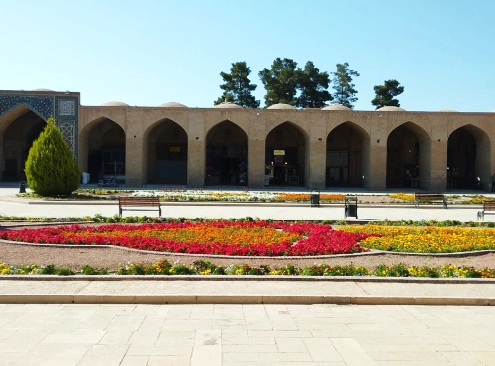
Grand Bazaar of Kerman (Photos, History, Architecture)
A traditional bazaar established more than 600 years ago in the…
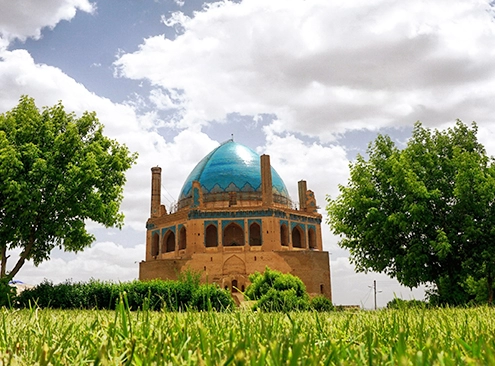
Soltaniyeh Dome (History, Facts, Photos)
Iran may be a country unknown to many, but this Middle Eastern…
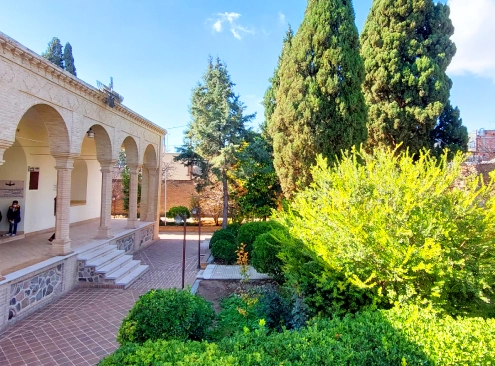
Fire Temple of Kerman, Iran (History, Photos, Location)
Many fire temples have been built in Iran, some of which are…

What Is the Symbol of Shiraz?
Shiraz is the capital of Fars province in southern Iran, which…
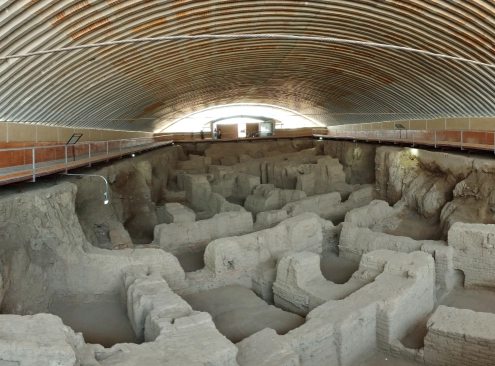
Ecbatana in Hamedan, Iran (Ruins, History, Map, Photos)
Did you know that Ecbatana was recently included in the World…
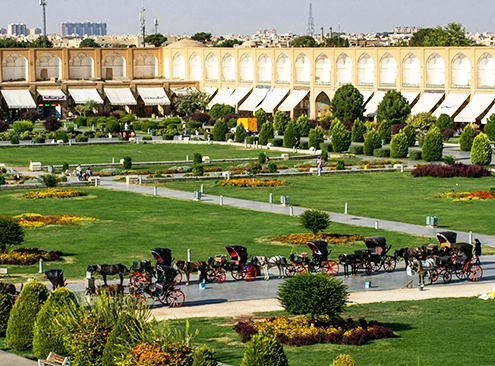
What Is the Symbol of Isfahan?
Isfahan, also famous by its other name, the half of the world,…
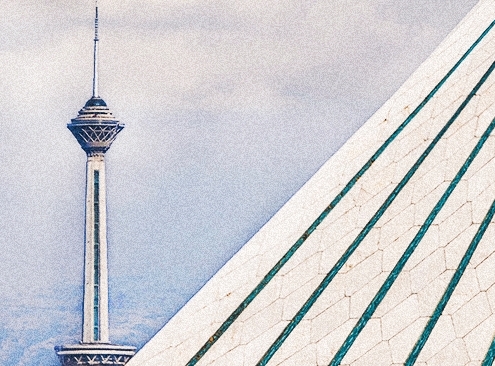
What Is the Symbol of Tehran?
Tehran, the capital city of Iran, like many commercial cities…
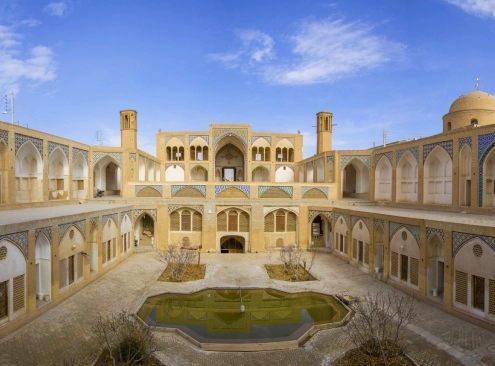
What Is the Symbol of Kashan?
Come and learn about the special signs of Kashan. They show…


